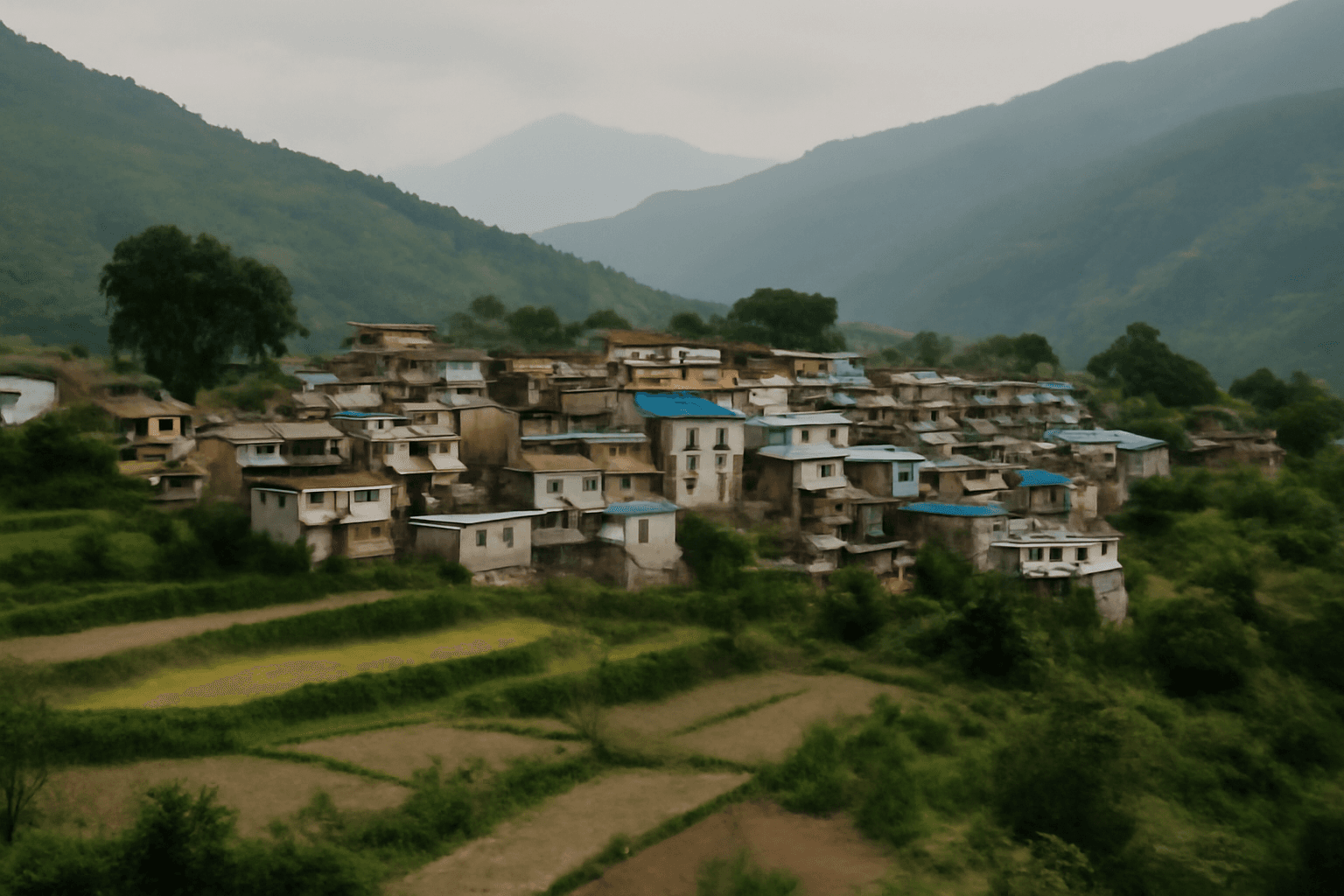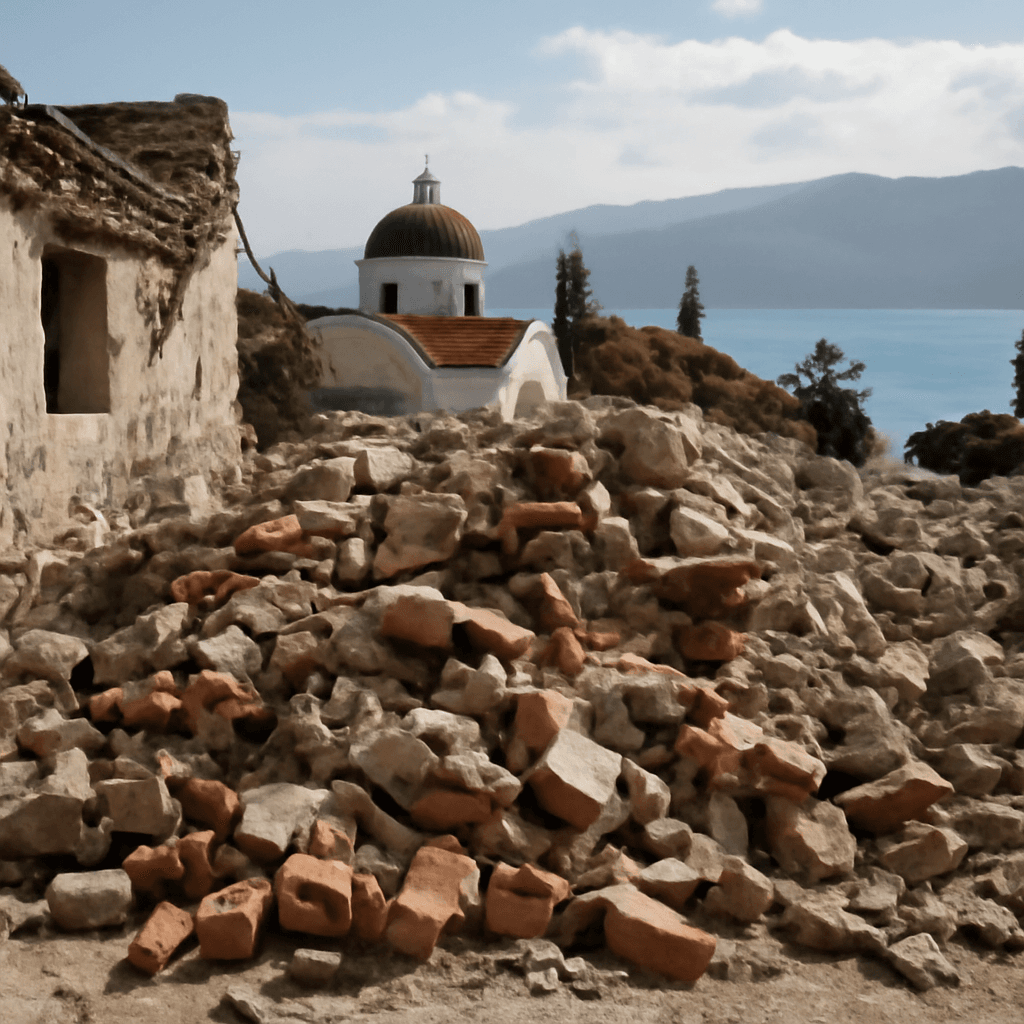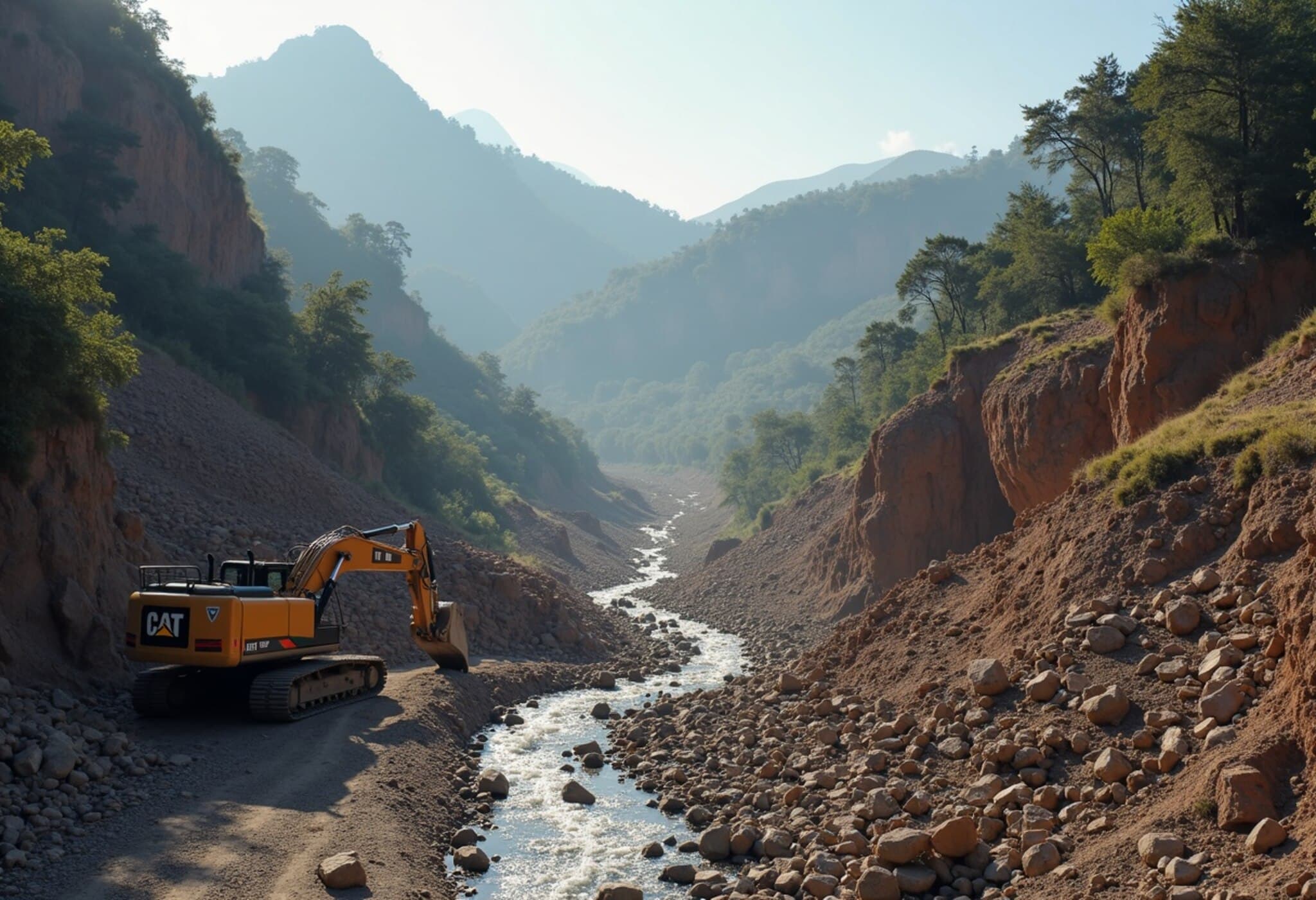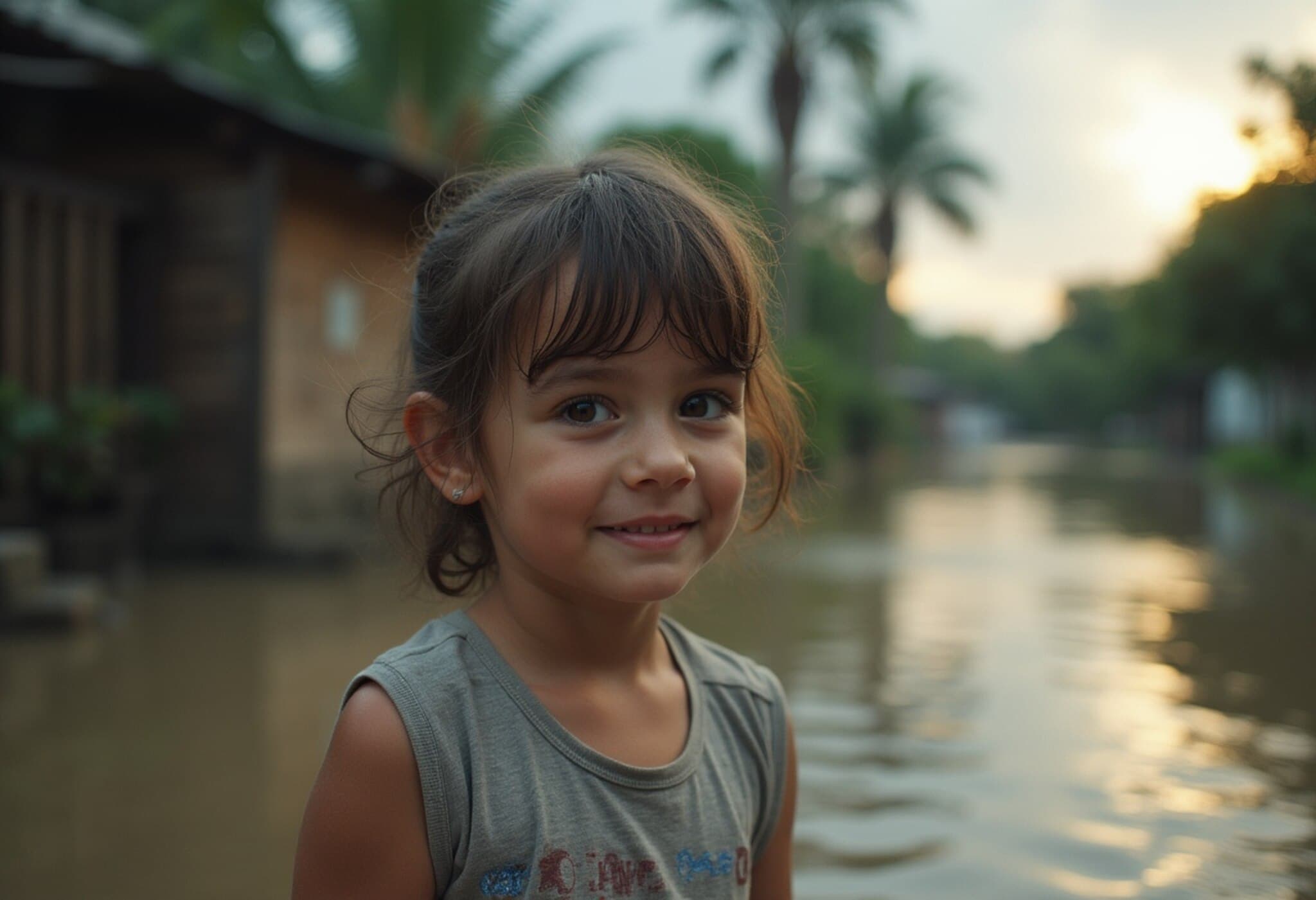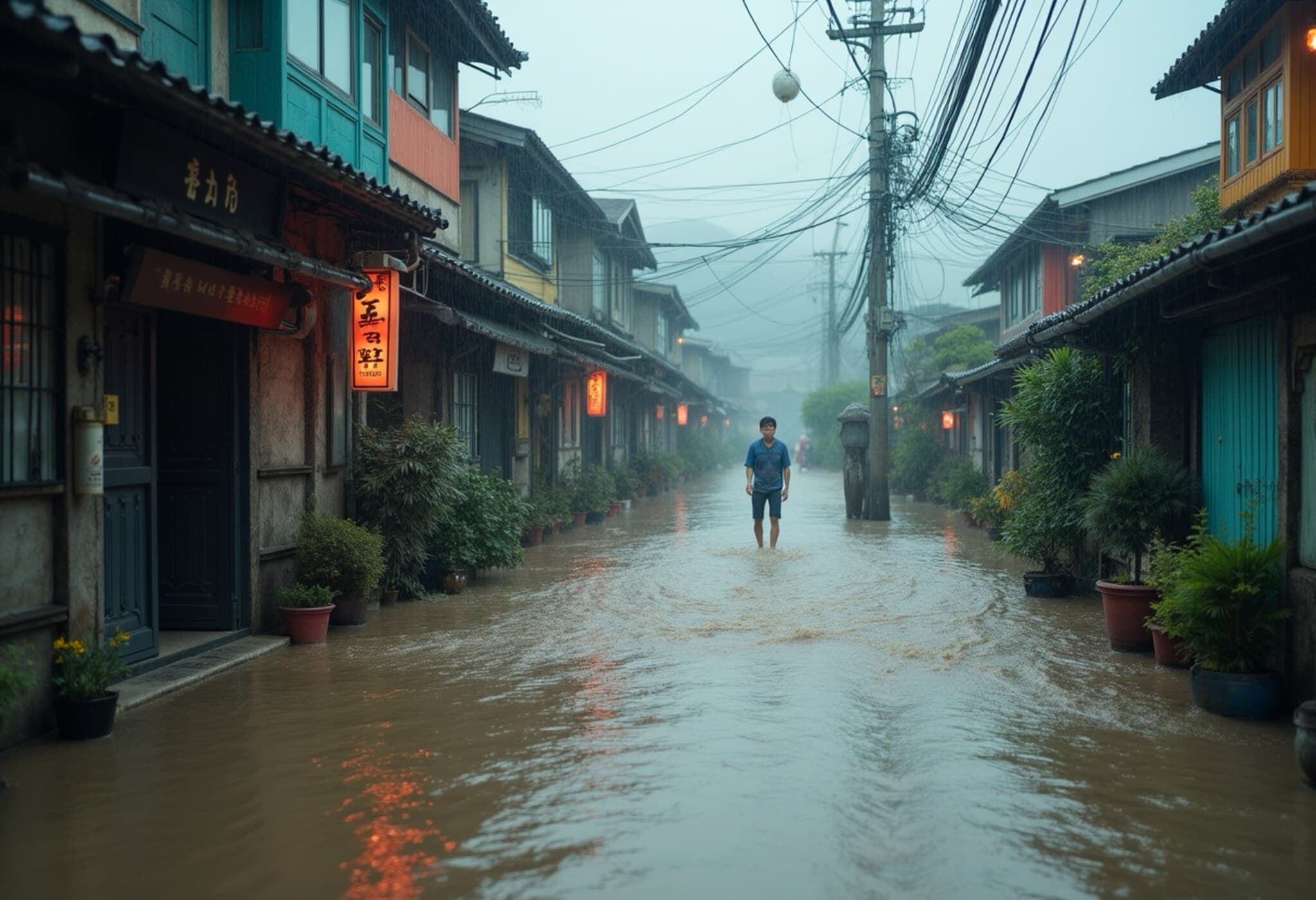Vietnam Gears Up for Typhoon Kajiki: Tens of Thousands Evacuated
As Typhoon Kajiki advances toward Vietnam's central coast, authorities have launched extensive evacuation efforts, with over 325,500 residents relocated to safety across five coastal provinces. The typhoon, marked by perilous winds reaching up to 160 km/h (98 mph) and towering waves up to 9.5 meters (31 feet), poses a significant threat to the populous region, compelling the government to act swiftly.
Immediate Impact and Preparations
On Monday, the usually bustling streets of Vinh city were eerily quiet following heavy overnight rains, as residents shuttered businesses and fortified homes with sandbags. Amid the early morning calm, approximately 30,000 people secured shelter in designated centers, including schools and public buildings repurposed for emergencies. Military forces, numbering around 16,000 personnel, have been mobilized to support evacuation and emergency response operations.
Domestic travel ground to a halt with the closure of two major airports, while all fishing vessels were recalled to harbor to avoid the impending storm dangers. Locals expressed a mix of apprehension and resilience; 66-year-old resident Le Manh Tung said, “I am a bit scared, but we have to accept it because it’s nature – we cannot do anything.”
Expert Insights: The Growing Threat of Intensifying Storms
Experts attribute the increased severity and frequency of typhoons like Kajiki to the overarching impact of climate change, which alters atmospheric conditions and ocean temperatures. Vietnam’s National Center for Hydro-Meteorological Forecasting anticipates landfall around 1:00 PM (UTC+7), with a subsequent weakening of the storm as it moves inland and away from warm ocean currents.
Climate scientists warn that tropical nations in the Asia-Pacific are particularly vulnerable as rising sea temperatures fuel stronger, less predictable storms, compounding humanitarian risks and economic damages. Nguyen Thi Nhan, an evacuee, reflected this sentiment: “Normally we get storms and flooding, but never this big.”
Regional Context: Recent Trends and Economic Stakes
Vietnam’s struggle with natural disasters is harsh and ongoing. In 2025 alone, floods and typhoons have resulted in over 100 fatalities or missing persons, with economic losses reaching upward of $21 million. The memory of Typhoon Yagi's destructive sweep through northern Vietnam last September, which led to losses exceeding $3.3 billion and hundreds of deaths, remains starkly fresh.
The broader region is also bracing: China’s Hainan island evacuated roughly 20,000 residents and suspended businesses as Kajiki neared. This coordinated response across borders underscores the growing imperative for regional disaster preparedness amid climate volatility.
Looking Ahead: Questions for Resilience and Recovery
As Vietnam confronts yet another major storm, critical questions emerge: How can tropical nations enhance infrastructure and emergency systems to mitigate mounting climate risks? What role can international cooperation play in supporting developing countries vulnerable to escalating natural disasters? And how will communities reconcile the inevitable clash between economic development and climate adaptation demands?
While Kajiki's projected weakening post-landfall offers some relief, the human and economic toll of such events stresses the urgency for sustainable, forward-looking policies that recognize the evolving climate landscape.
Summary Box - Editor’s Note
- Typhoon Kajiki threatens Vietnam’s central coast with severe winds and flooding, triggering large-scale evacuations and infrastructure shutdowns.
- The storm exemplifies the intensifying impact of climate change on tropical cyclone behavior, highlighting vulnerabilities in disaster-prone regions.
- Vietnam continues to bear significant human and economic costs as it navigates recurrent weather catastrophes.
- The unfolding situation calls for deeper reflection on resilience strategies, including early warning systems, community preparedness, and regional collaboration.
Readers are encouraged to consider the broader climate dynamics shaping such disasters and the balance needed between immediate response and long-term adaptation.


